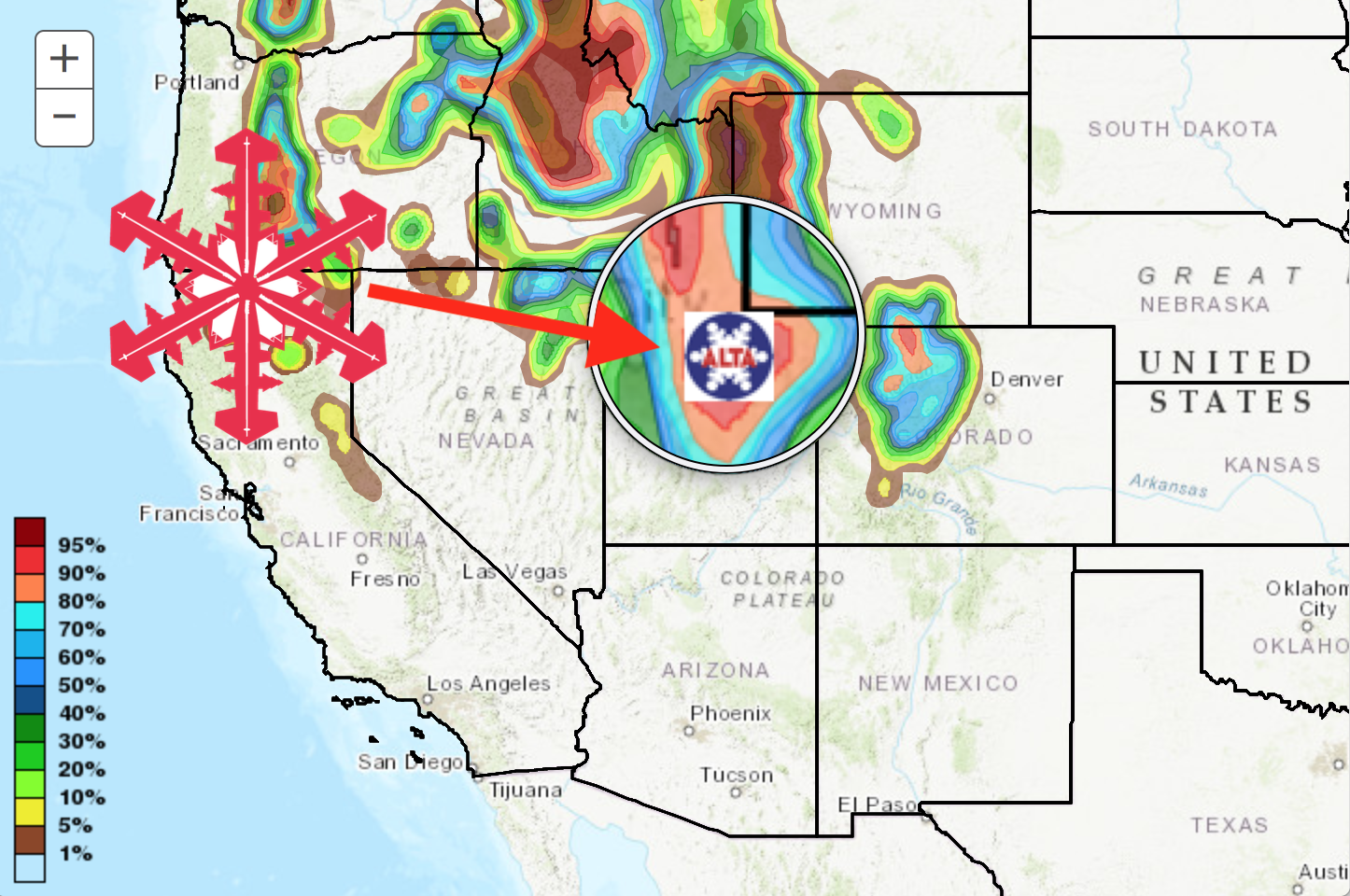 |
| Mushrooms can do a lot more than you may think—like save collapsing bee populations, eliminate plastic waste, clean soil, and provide building material. | Photo courtesy Fungi.com |
Nature is unfathomably mysterious. The Earth is a living organism, and there's
so much we still don't even know about it. Poetically, however, it may die that
way, too. That is unless we put differences aside and assume the courage to
actually do something about it. I know you’ve heard something along these lines
before, and that last sentence probably gives you some degree of existential
angst or another type of emotional response. But hear me out, I guarantee you
this article isn’t heading in the direction you expect, like telling you to
carpool or take shorter showers.
Due to the alarming rate that global temperatures are rising,
life here on earth is in jeopardy. Yet, it is only in the last twelve years of
existence have we discovered the world’s largest organism – a fungus in Oregon
that covers over 2,200 acres of forest soil. That’s 665 football fields of a
single organism in the Malheur National Forest dubbed the "Humongous Fungus." Who would have thought that
something so vast – let alone something
that is alive – could go undetected for so long?
Not quite an animal and not quite a plant, fungi are
something else entirely. The fungi kingdom is one of the most ancient kingdoms
on earth, with fossil records of ancient mushrooms dating back to the
Neoproterozoic Era over a billion years ago. Fast forward to the present
day and we are only just now starting to realize the complexity and usefulness
of fungi because of advanced mycological research. Mycologists are now telling
us that the potential mushrooms hold for useful human applications could be the
future of sustainability for our planet. They are saying that fungi could be
our saving grace and ensure the future of our species. Take for example the
current research on how extracts from polypore mushroom mycelia are reducing
viruses in honeybees who are one of the key players in producing our food and balancing
our ecosystem.
The Western Honey bee (Apis Mellifera) and other members of
the genus Apis, aka bees, play a vital role in the ecological stability of wild
plant communities within areas of the Americas, Europe, Africa, and Asia. Honey
bees are estimated to contribute over $15
billion annually to the US
agriculture economy through the pollination of numerous fruits, nuts, and
vegetables.
“Approximately a third of the crops grown require bees for
cross-pollination to thrive,” says Dr. Steve Sheppard, an entomologist at the
University of Washington.
We need these little buzzing buddies of ours to help produce
the food that feeds our societies. We need them to survive. However, over the
past decade, beekeepers have reported dramatic increases in bee colony losses
with annual averages as high as 30% in some areas. The phenomenon is called
Colony Collapse Disorder (CCD) and is affecting bee populations all over the
globe, but especially here in the United States. Oklahoma, for example, was one
of eight states where more than 60% of hives have died since April 2014,
according to a survey released by the Bee Informed Partnership funded in part
by the U.S. Agriculture Department. It’s a grim outlook for bees and humans
alike. But there is hope – and it’s mushrooms.
According to a recent peer-reviewed article published in Nature by renowned mycologist Paul Stamets
and other mycologists titled Extracts of Polypore Mushroom Mycelia Reduce
Viruses in Honey Bees, a certain species of fungi has been
proven to increase the immunity of bees to viruses like Varroa and the Lake
Sinai Virus (LSV) that are currently contributing to the rapid decline of bee
populations from CCD.
Below is an excerpt from the article published in Nature:
“Bees have been observed foraging on mushroom mycelium,
suggesting that they may be deriving medicinal or nutritional value from fungi.
Fungi are known to produce a wide array of chemicals with antimicrobial
activity, including compounds active against bacteria, other fungi. Or
viruses.”
 |
| Mushroom expert Paul Stamets standing next to wild fungi. | Photo courtesy NPR.org |
Stamets and mycologists put this hypothesis to the test in
2018 by experimenting with extracts from the mycelium of multiple polypore
fungal species known to have antiviral properties in what is now known as the
largest ever beehive experiment in history. They found that extracts from the
amadou (Fomes) and reishi (Ganoderma) mushrooms reduced the levels of honey bee
deformed wing virus (DWV) and the Lake Sinai Virus (LSV). Field trials
concluded that colonies fed the reishi mushroom extract exhibited a 79-fold
reduction in DWV and 45,000-fold reduction in LSV compared to control colonies.
Their findings prove that honey bees can gain health benefits from fungi and
their antimicrobial compounds. And that’s only the beginning.
Paul Stamets and colleagues at his company Fungi Perfecti, who are dedicated to “explore, study,
preserve, and spread knowledge about the use of fungi for helping people and
the planet,” are currently working on a functional and marketable bee feeder
containing a syrup-like compound derived from these fungi that actively work to
protect bees from the viruses like LSV and DWV that are killing off colonies.
Researchers at Fungi Perfecti aim to have the bee feeders in
mass production and available to the general public by the end of 2020,
according to Stamets’ latest interview with Joe Rogan on the Joe Rogan Experience Podcast. But fungi aren’t just helping
the bees. The list of sustainable benefits that can be reaped from mushrooms goes
on.
In 2012,
researchers at Yale University discovered that Pestalotiopsis
Microspora, an endophytic fungus isolated from a plant in the Amazon
jungle, is capable of breaking down polyurethane, the main chemical that makes
up modern plastics. The mushroom has inspired lots of research into various
forms of fungi that can degrade plastic without retaining the toxicity of the
material. Currently, little is known about the use of endophytes in fungal
remediation, and much more research is certainly needed. However, it is known
now that endophytic fungi are one of the most diverse categories of fungi as
any given plant can contain hundred species of them, and they are also one of
the least studied branches in the fungal kingdom.
There has
also been research on 'training' a given fungus to consume substrates that it
wouldn't normally grow on. For example, in remediation work with chemicals, the
targeted pollutant can be introduced to the fungus at increasing concentrations
until the fungus learns to produce the right enzyme at the right amount to
survive off this chemical at previously toxic levels. This includes chemicals
found frequently in oil spills or other toxic chemicals spilled onto the ground
that harm the environment. The fungi can and will clean the polluted soil to
make it healthy again, even making the once-polluted soil suitable for purposes
such as crop production.
Mushrooms
can also serve industrial purposes such as the production of paper, clothing,
and even infrastructure like buildings. The
cell walls of fungi are made of a biological polymer called chitin, which is
similar to cellulose – the key ingredient in plant-based paper. This means that
mushrooms could help to substitute paper made from trees – a diminishing
resource. There are also many companies finding creative
alternatives to plastics, which can also reduce the amount of plastic waste we
produce. These include companies such as MycoWorks, who turn mycelium and
agriculture products by-products into leather, and Ecovative Design,
who are collaborating with companies to create alternative meat products,
biodegradable packaging materials, animal-free leather, and much more. Fungi is
inspiring creative minds all over the world and bringing them together for the
noble mission of healing our planet and ensuring the future for our children
and our children’s children. That’s why I and a group of fungi enthusiasts at
the University of Utah have decided to further the cause.
The first
step towards actual change is to have a conversation about it. That means
raising the conscious awareness of an issue by talking about it with your
friends, loved ones, classmates, coworkers, and so forth. Then, and only then,
can you start to ask questions like, “OK, how do we combat this issue? Can we
delay it? Can we prevent it?" As students and local environmental
activists, we believe that we have found a way to ignite this conversation.
And, we believe we have found a way that's enjoyable and fun for everybody – by
watching a movie.
Fantastic
Fungi is a documentary film directed by Louie Schwartzberg that
came out this year and has been screening at select movie theaters around The United States and Canada for a few months now. Apart from receiving a 100%
score on Rotten Tomatoes, it is a consciousness-shifting film that takes you on
an immersive journey through time and scale into the beautiful earth beneath
our feet that houses a lucrative, underground network that can heal our planet.
Through the eyes and research of renowned scientists and mycologists like Paul
Stamets, best-selling authors Michael Pollan, Eugenia Bone, Andrew Weil, and
others who all appear in the film, we can become aware of the immense beauty,
stark intelligence, and applicable solutions that the fungi kingdom offers us
in response to some of our most pressing medical, therapeutic, and
environmental challenges facing us today.
We will
be hosting a screening of a Fantastic
Fungi at the Post Theater on
the University of Utah campus in early of 2020. An exact screening date as well
as pricing information is currently in the works and will be released shortly.
We aim for students at the U to have free entry to the film and for tickets to
be fairly priced for all. Fantastic Fungi
presents to you the inspiring solutions for the environmental challenges
society is facing today. We aim to help develop a more thoughtful recognition
of the momentous ecological benefits that humans are naturally provided with
from fungi. We hope that we can influence you and other members of Salt Lake
City’s social and academic communities to consider nature’s restorative
potential towards the physical, mental, and environmental catastrophes that are
now facing western culture. Because in a world where mankind is hurling
itself towards darkness, a sliver of light remains. We just have to know where
to look, even if it’s right beneath our feet.
 |
| Consider the benefits of mushrooms on a societal scale. | Photo courtesy Inhabitat |
Works
Cited
Bailey, Brianna. “Oklahoma Bee
Colonies Dying in Large Numbers.” Oklahoman.com, Oklahoman, 2 June 2015,
oklahoman.com/article/5423850/oklahoma-bee-colonies-dying-in-large-numbers.
“Ecovative Design.” Ecovative
Design, ecovativedesign.com/.
Fungi Perfecti,
fungi.com/.
Stamets,
P.E., Naeger, N.L., Evans, J.D. et al. Extracts of Polypore Mushroom Mycelia
Reduce Viruses in Honey Bees. Sci Rep 8, 13936 (2018) doi:10.1038/s41598-018-32194-8

 White Sands National Monument will soon be America's newest national park. Credit:
White Sands National Monument will soon be America's newest national park. Credit: 
 Kerri Johnson, the former SkiCo executive's wife, pleads guilty to felony theft. Credit:
Kerri Johnson, the former SkiCo executive's wife, pleads guilty to felony theft. Credit:  NOAA is calling for up to 2 FEET of snow for Thursday through Friday this week at Alta Ski Area. Credit:
NOAA is calling for up to 2 FEET of snow for Thursday through Friday this week at Alta Ski Area. Credit: 
 A new study is showing that skiing can help maintain your mental and neurological health. Credit:
A new study is showing that skiing can help maintain your mental and neurological health. Credit:  Vasaloppet: An annual Swedish cross-country ski race. Credit:
Vasaloppet: An annual Swedish cross-country ski race. Credit: 


 A 75-foot was recorded off the coast of California last week. The reason? A bomb cyclone generating hurricane force winds. Credit:
A 75-foot was recorded off the coast of California last week. The reason? A bomb cyclone generating hurricane force winds. Credit:  The location of the monstrous 75-foot wave. Credit:
The location of the monstrous 75-foot wave. Credit:  Annual Price and EPS Surprise graph for Vail INC. Credit:
Annual Price and EPS Surprise graph for Vail INC. Credit:  Vail Chief Operating Officer, Beth Howard, cuts the ribbon on opening day at Vail last month. Credit:
Vail Chief Operating Officer, Beth Howard, cuts the ribbon on opening day at Vail last month. Credit: 










